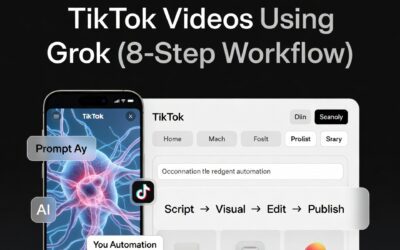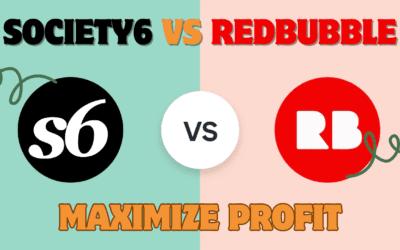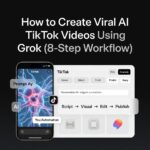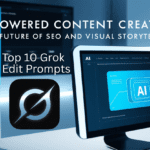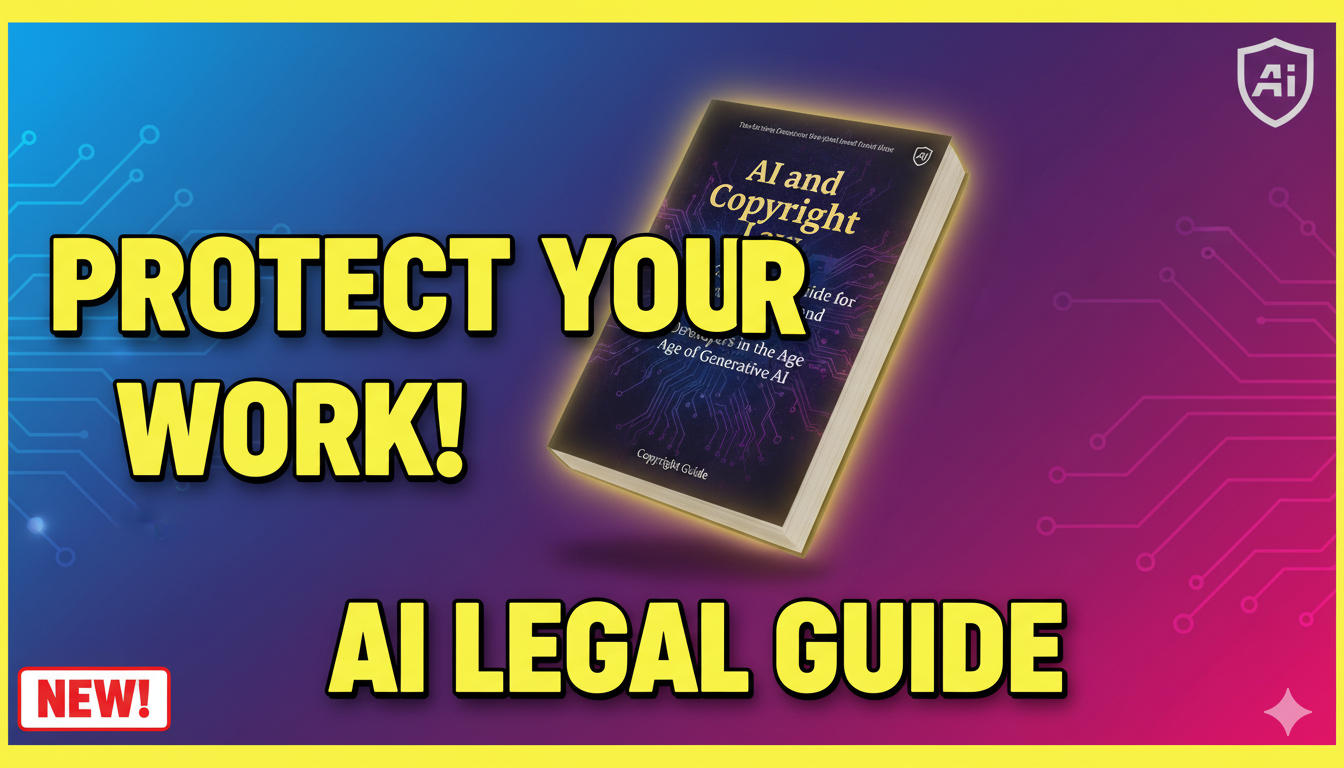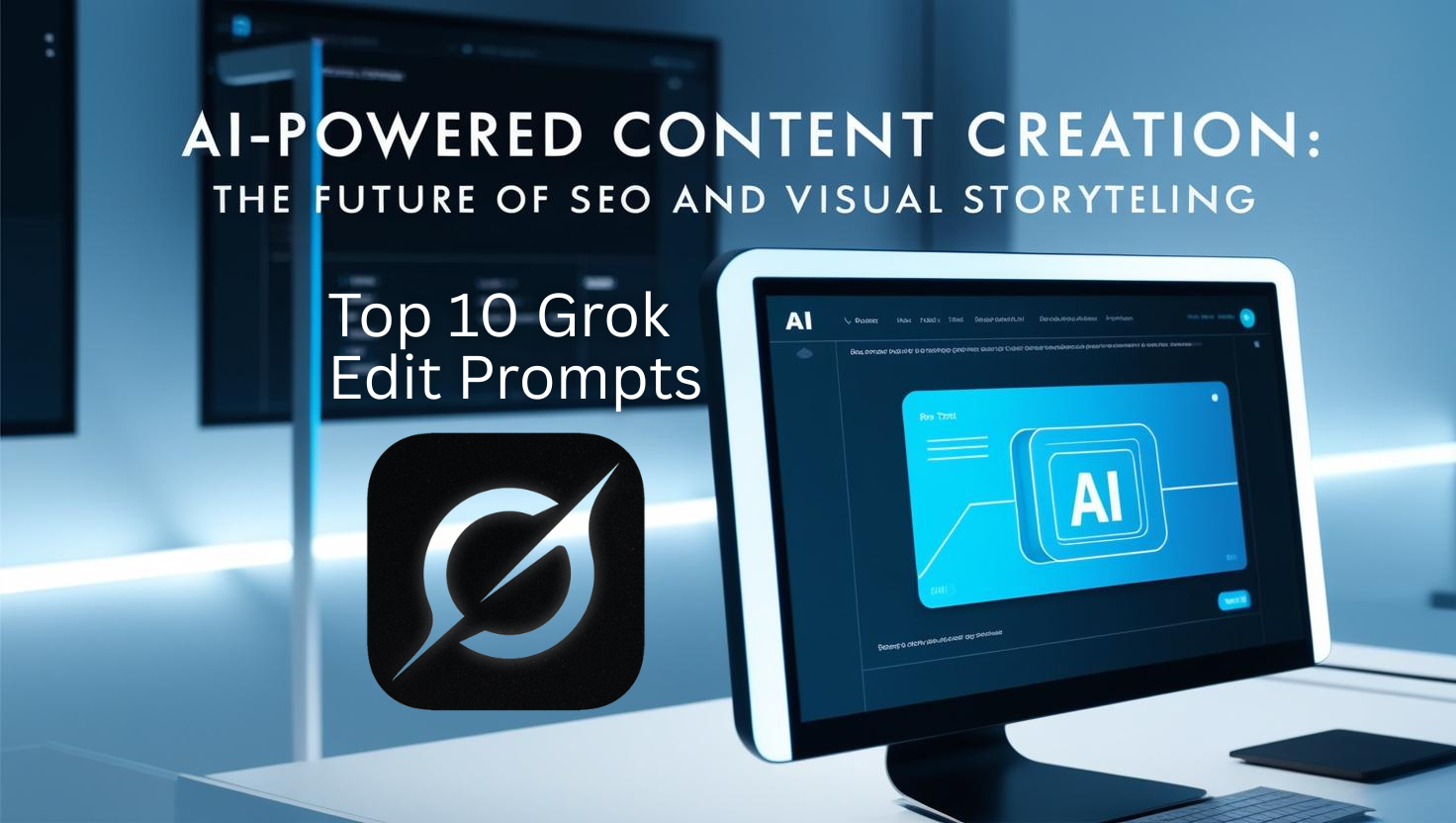The explosion of generative AI is reshaping creative and technological landscapes, but it has also sparked a legal revolution. For creators and developers, the intersection of AI and copyright law is no longer a theoretical debate—it’s a pressing reality that impacts daily work, from the tools you use to the content you produce. With high-profile lawsuits setting precedents and governments scrambling to regulate, understanding this complex field is essential for protecting your intellectual property and ensuring compliance. This guide breaks down the critical aspects of AI and copyright law into actionable insights for 2025 and beyond.
What is “AI and Copyright Law”? Key Concepts Creators Need to Know
At its core, copyright law is designed to protect original works of human authorship fixed in a tangible medium. The advent of AI challenges this fundamental principle, creating a new legal frontier. For anyone in creative or tech fields, grasping a few key concepts is the first step to navigating this space safely.
- Human Authorship Requirement: The U.S. Copyright Office and courts have consistently held that copyright protection requires meaningful human creative input. Works generated solely by AI, without human intervention, are generally not eligible for copyright protection .
- Fair Use Doctrine: This is a critical, and often contested, legal exception that permits the limited use of copyrighted material without permission for purposes such as criticism, research, or transformation. AI companies often argue that using copyrighted data to train their models falls under fair use, a claim that is the subject of numerous ongoing lawsuits .
- Direct and Derivative Infringement: A creator can claim infringement if an AI system produces outputs that are substantially similar to their protected work. Similarly, using unlicensed copyrighted material to train an AI model is being challenged as a form of direct infringement .
How Generative AI Training Intersects with Copyright Law
The process of training AI models on vast datasets, often scraped from the public internet, is the epicenter of the legal battle surrounding AI and copyright law. Is this training a form of technical analysis protected by fair use, or is it massive-scale copyright infringement?
The Fair Use Debate and Evolving Legal Tests
Courts and regulators are actively dissecting this question using the four factors of fair use. The U.S. Copyright Office’s 2025 report offers key guidance, indicating that there is no blanket answer and that each case is context-specific .
- Purpose and Character of the Use: Training is often argued to be “transformative” because the AI model learns statistical patterns rather than copying the work itself. However, the Office notes that this transformativeness is a matter of degree. It is stronger when the AI is used for research or non-substitutive tasks, and weaker when the AI output closely mimics the creative expression of the input works .
- Effect on the Potential Market: This is a central concern. If an AI-generated output acts as a market substitute for the original work—for instance, if a user can generate an image “in the style of” a living artist instead of commissioning them—this factor weighs heavily against fair use. The Copyright Office recognizes that AI can cause broad market harm by displacing demand for human-authored works .
Key Lawsuits Shaping the Landscape
The legal principles are being forged in real-time through high-stakes litigation. The first half of 2025 alone saw significant rulings.
- Bartz v. Anthropic (2025): A court found that using works to train a generative AI model was “exceedingly transformative” and qualified as fair use. However, in a major twist, the court ruled that Anthropic’s use of pirated copies of books from “shadow libraries” was not fair use, exposing the company to potentially massive damages .
- Kadrey v. Meta (2025): Another court found for Meta on fair use grounds regarding training, but notably emphasized that its decision was narrow due to the plaintiffs’ lack of evidence. The ruling signaled that with the right evidence, future plaintiffs could succeed, especially on arguments about market harm .
- The New York Times v. OpenAI & Microsoft: This case alleges that the companies used millions of copyrighted articles to train AI models, and that the chatbots sometimes output verbatim or closely summarized content from those articles, creating a direct market substitute .
Table: Key AI Copyright Lawsuits and Their Status (2025)
| Case Name | Plaintiff(s) | Defendant(s) | Key Allegation | Status & Impact |
|---|---|---|---|---|
| Bartz v. Anthropic | Authors | Anthropic | Unauthorized use of copyrighted books for training, including pirated copies. | Mixed ruling; training deemed fair use, but use of pirated works was not. |
| The New York Times v. OpenAI | The New York Times | OpenAI, Microsoft | Unauthorized use of news articles for training; outputs mimic/substitute original articles. | Ongoing; part of a consolidated MDL. A ruling against OpenAI could force dataset destruction. |
| Andersen v. Stability AI | Visual Artists | Stability AI, Midjourney | Billions of copyrighted images scraped and used to train AI image generators without consent. | Copyright claims upheld; case moving forward. |
| Disney v. Midjourney | Disney, Universal | Midjourney | AI service generates infringing images of copyrighted characters (e.g., Marvel, Star Wars). | Early stages; will test fair use for output infringement. |
When Does AI-Generated Content Qualify for Copyright Protection?
For creators using AI tools, a paramount question is: “Who, if anyone, owns what I make?”
The Bar for Human Authorship
The current legal standard is clear: purely AI-generated content cannot be copyrighted. The pivotal case is Thaler v. Perlmutter, where a Washington D.C. district court affirmed that U.S. copyright law protects only works created by human beings .
The more complex scenario involves human-AI collaboration. Copyright protection becomes possible only when a human contributes significant creative input. The U.S. Copyright Office uses the Zarya of the Dawn graphic novel as an example. While the arrangement of the AI (Midjourney)-generated images and the text were protected, the individual images themselves were not, because the AI’s output from text prompts was deemed too unpredictable and lacked sufficient human control .
To secure copyright, you must be able to demonstrate:
- Substantial Creative Editing: Manually altering, compositing, or refining AI-generated outputs.
- Curatorial Selection: The creative judgment involved in selecting and arranging AI-generated elements into a larger, original work.
- Detailed, Creative Prompting: While simple prompts are unlikely to be enough, a court may look more favorably on a highly detailed, creative process that guides the AI to a specific, intended expression.
Practical Risks for Creators and Developers Using Generative AI
Navigating AI and copyright law is not just academic; it carries tangible risks for both sides of the creative process.
- For Creators:
- Unauthorized Training: Your copyrighted works may have already been used to train AI models without your consent or compensation .
- Style Mimicry: AI tools can be prompted to generate works “in the style of” specific artists, potentially siphoning commissions and undermining your unique market value .
- Uncertain Ownership: If you rely heavily on AI to generate a final asset, you may lack the copyright protection needed to stop others from using it or to defend your ownership in a dispute .
- For Developers:
- Massive Litigation Exposure: As seen in the cases against Anthropic and Stability AI, using unlicensed or pirated training data can lead to billion-dollar lawsuits and statutory damages .
- Business Disruption: A negative court ruling could force you to destroy entire datasets and rebuild them from scratch with properly licensed data, a costly and time-consuming process .
- Reputational Harm: Being labeled a “copyright free-rider” or “quintessential plagiarist,” as alleged in the Disney lawsuit, can damage brand trust and investor confidence .
Best Practices: Compliance Strategies and Proactive Steps
In this uncertain environment, a proactive and cautious approach is your best defense.
A Checklist for Creators
- Audit and Register: Document your creative works and formally register copyrights for your most valuable assets. This is a prerequisite for filing an infringement lawsuit in the U.S. .
- Use Protective Technologies: Explore tools like Glaze and Nightshade, which are designed to “poison” AI training data by making it difficult for models to accurately learn from your artwork without your permission .
- Review Terms of Service: Scrutinize the terms of any AI platform you use. Understand what rights you are granting them over your inputs and generated outputs.
- Document Your Process: When creating with AI, keep detailed records of your creative process—your prompts, iterations, and, most importantly, your substantial edits and creative contributions. This can help establish the human authorship required for copyright.
A Checklist for Developers
- Prioritize Licensed Data: The safest path is to build training datasets from properly licensed content, public domain works, and synthetic data .
- Implement Opt-Out Mechanisms: Respect creator rights by providing a clear and easy way for copyright owners to remove their content from your training datasets .
- Focus on Transparency: Maintain detailed records of your data provenance. Be prepared to demonstrate where your training data originated.
- Incorporate Technical Safeguards: Develop and deploy filters to reduce the likelihood that your model generates output that is a near-verbatim copy of a protected work in your training set.
Future Outlook: How “AI and Copyright Law” is Evolving Globally
The legal framework for AI and copyright law is far from settled and is developing along different tracks around the world, creating a complex patchwork for global businesses.
- The United States: Expect continued litigation to clarify the boundaries of fair use. The U.S. Copyright Office has encouraged the development of scalable licensing solutions and industry-led standards, while stopping short of endorsing sweeping legislative changes for now .
- The European Union: The EU’s AI Act introduces strict transparency obligations, requiring disclosure when AI-generated content is used. Its risk-based approach could impose significant compliance burdens on AI developers .
- Asia: Jurisdictions are diverging. Japan and Singapore have adopted more permissive, AI-friendly copyright exceptions for data mining . China, meanwhile, has shown some flexibility—with one Beijing court granting copyright to an AI-generated image—but also imposes strict labeling requirements and holds companies liable for unlawful AI output .
This global misalignment means that a piece of content created with AI might be protected in one country but not in another, posing a significant challenge for international distribution and rights management . For creators and developers operating globally, vigilance and adaptability will be key.
Sources and References
- Copyright Alliance: Mid-Year Review: AI Copyright Case Developments in 2025
- DaveAI: Generative AI Copyright Law – Innovation vs IP Protection
- JD Supra: AI Trends for 2025 – Copyright Law’s Impact on AI Model Training
- Thomson Reuters: Copyright Litigation 101
- Copyright Alliance: Mid-Year Review: AI Copyright Case Developments in 2025
- Built In: AI-Generated Content and Copyright Law: What We Know
- Wiley Law: Copyright Office Issues Key Guidance on Fair Use in Generative AI Training
- USC IPTLS: AI, Copyright, and the Law: The Ongoing Battle
- Forbes: Generative AI Is A Crisis For Copyright Law
- DWT: AI’s Passport Problem: How Can Media and Content Creators Navigate a Global Patchwork of AI Regulation?
